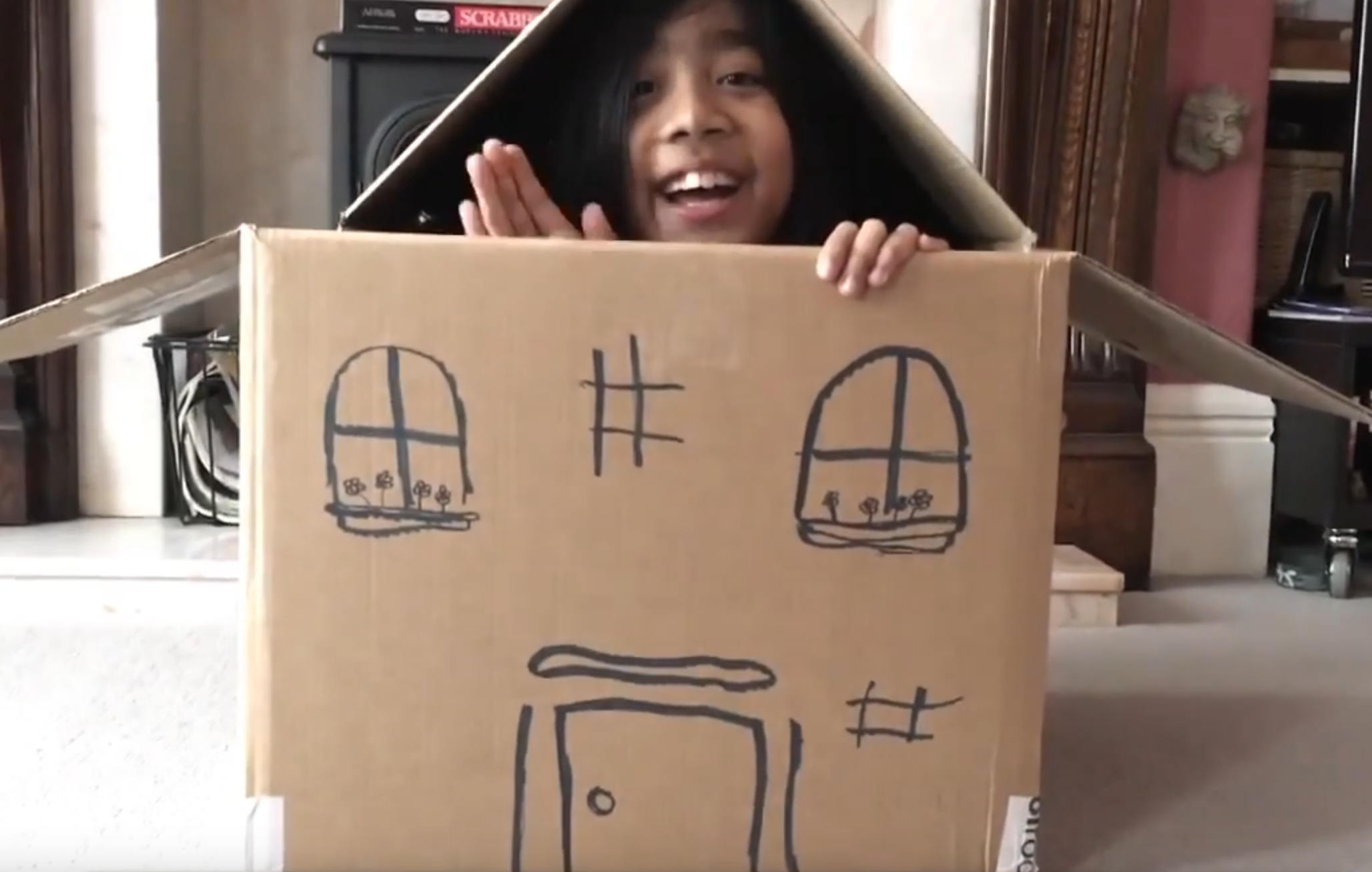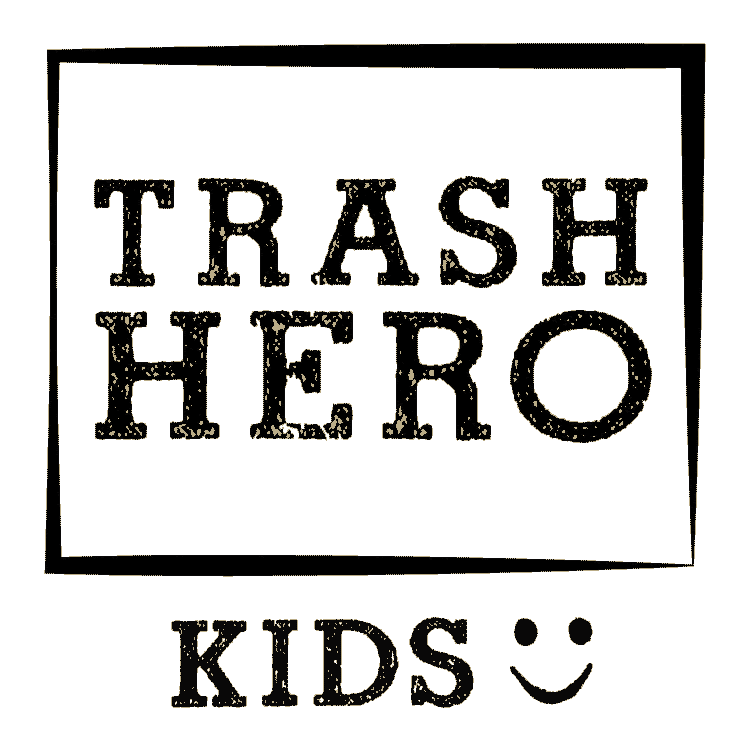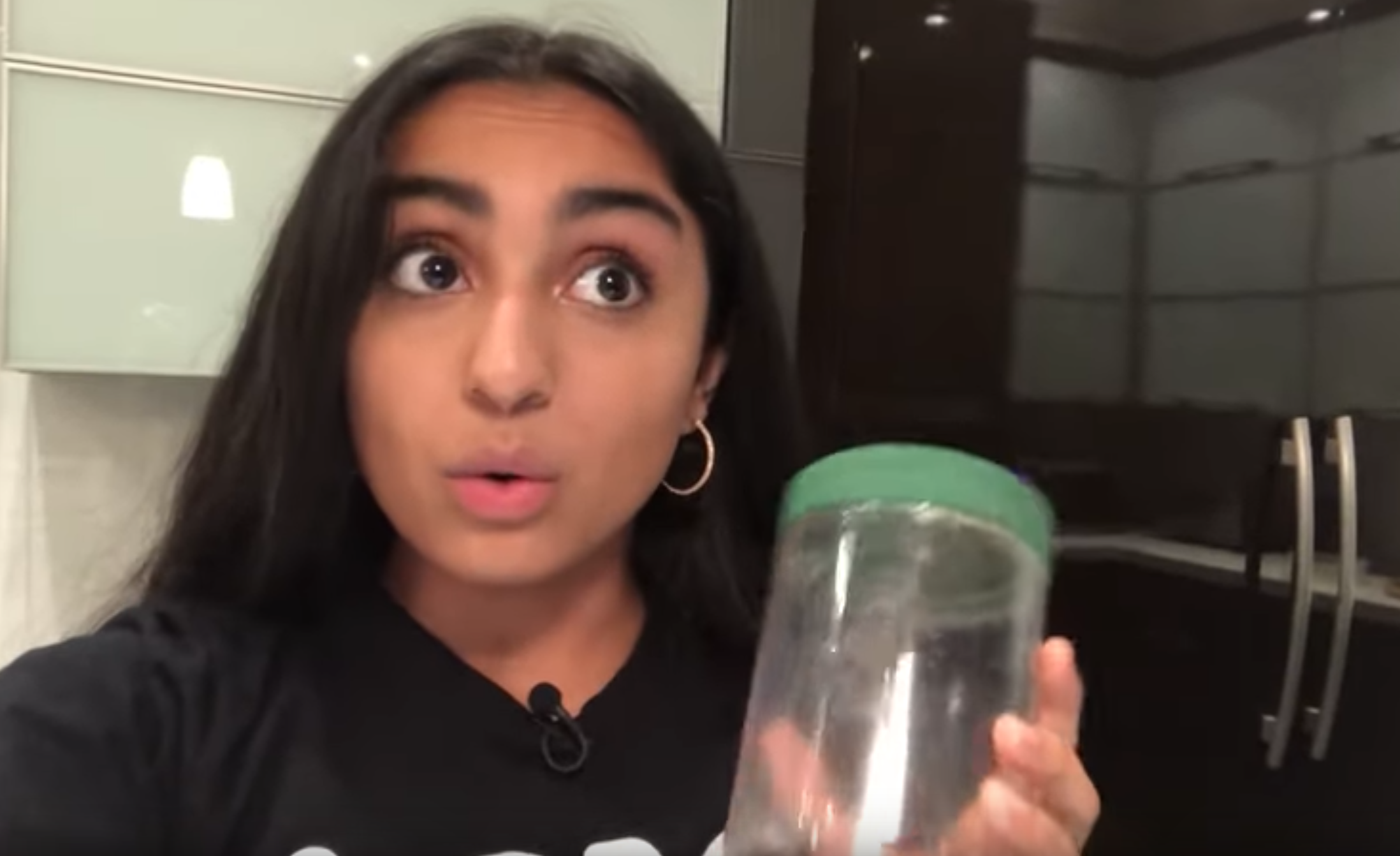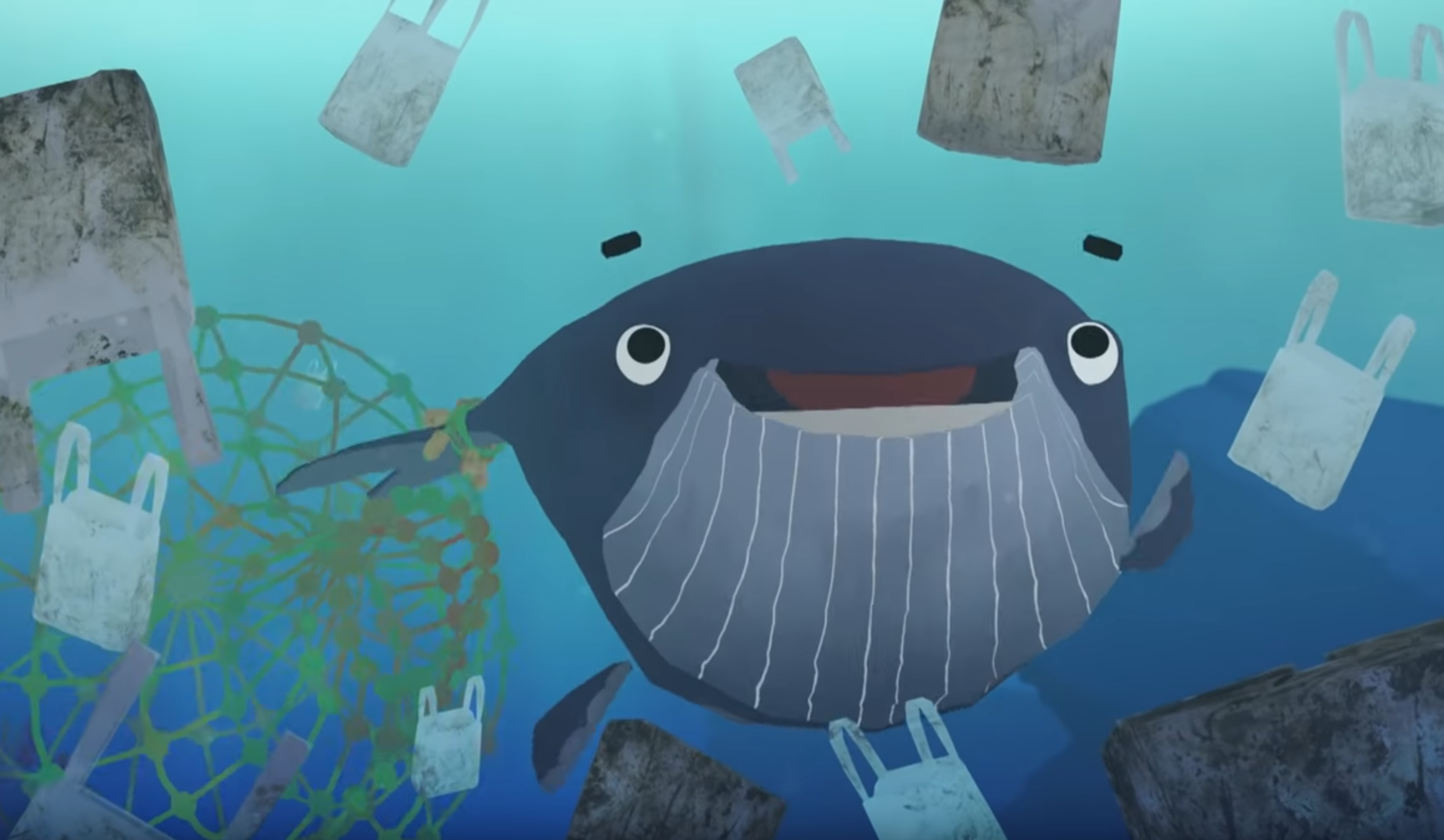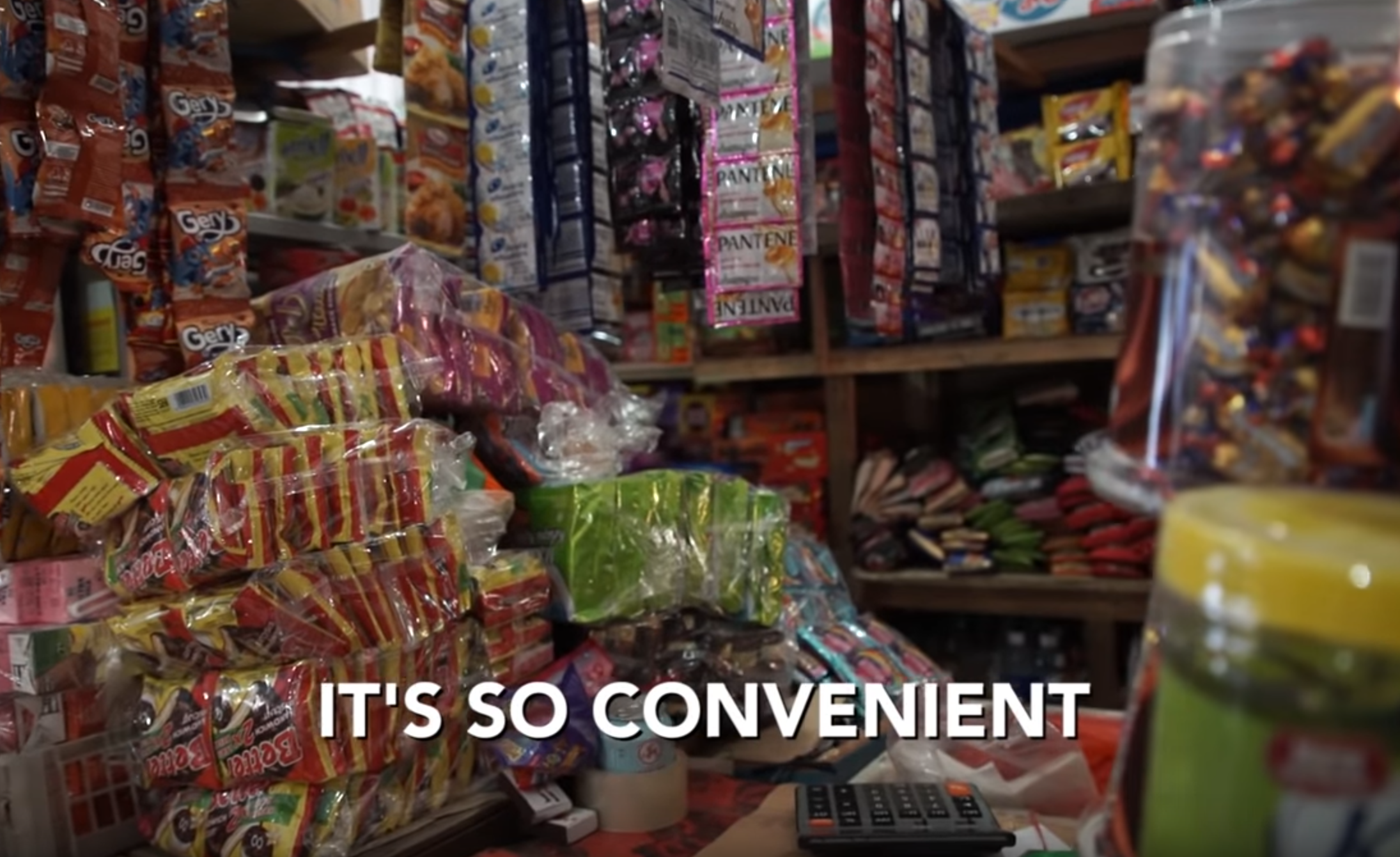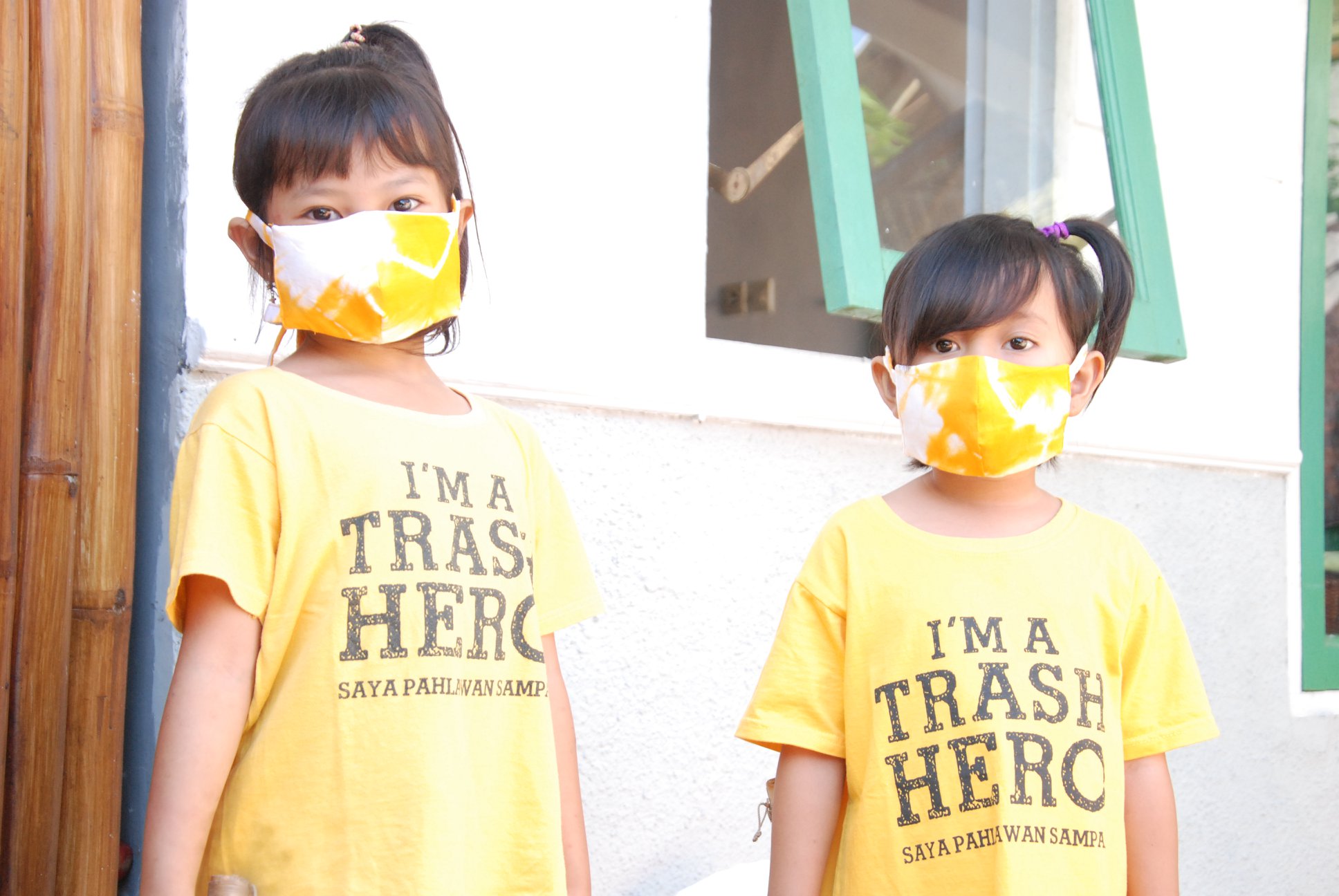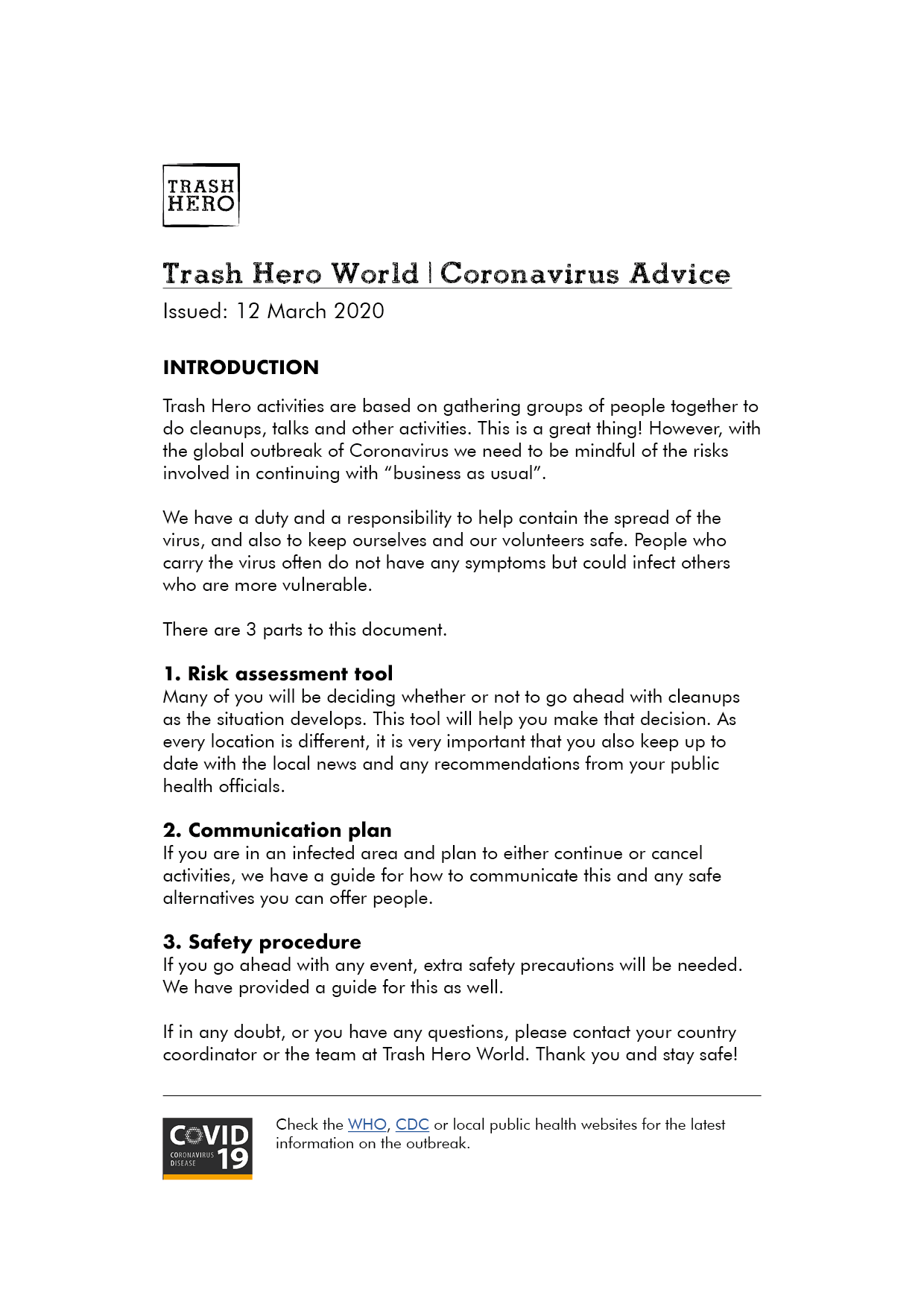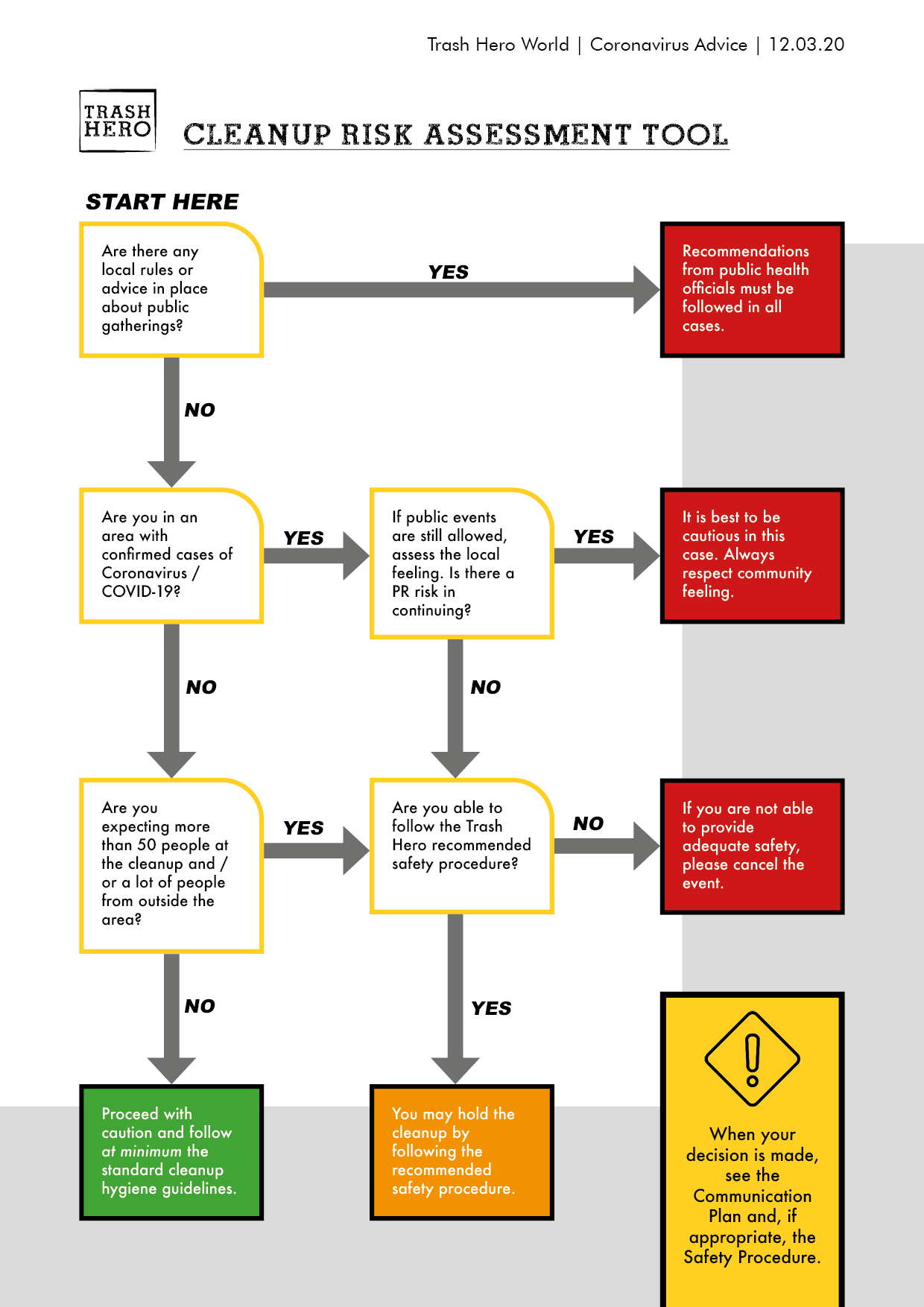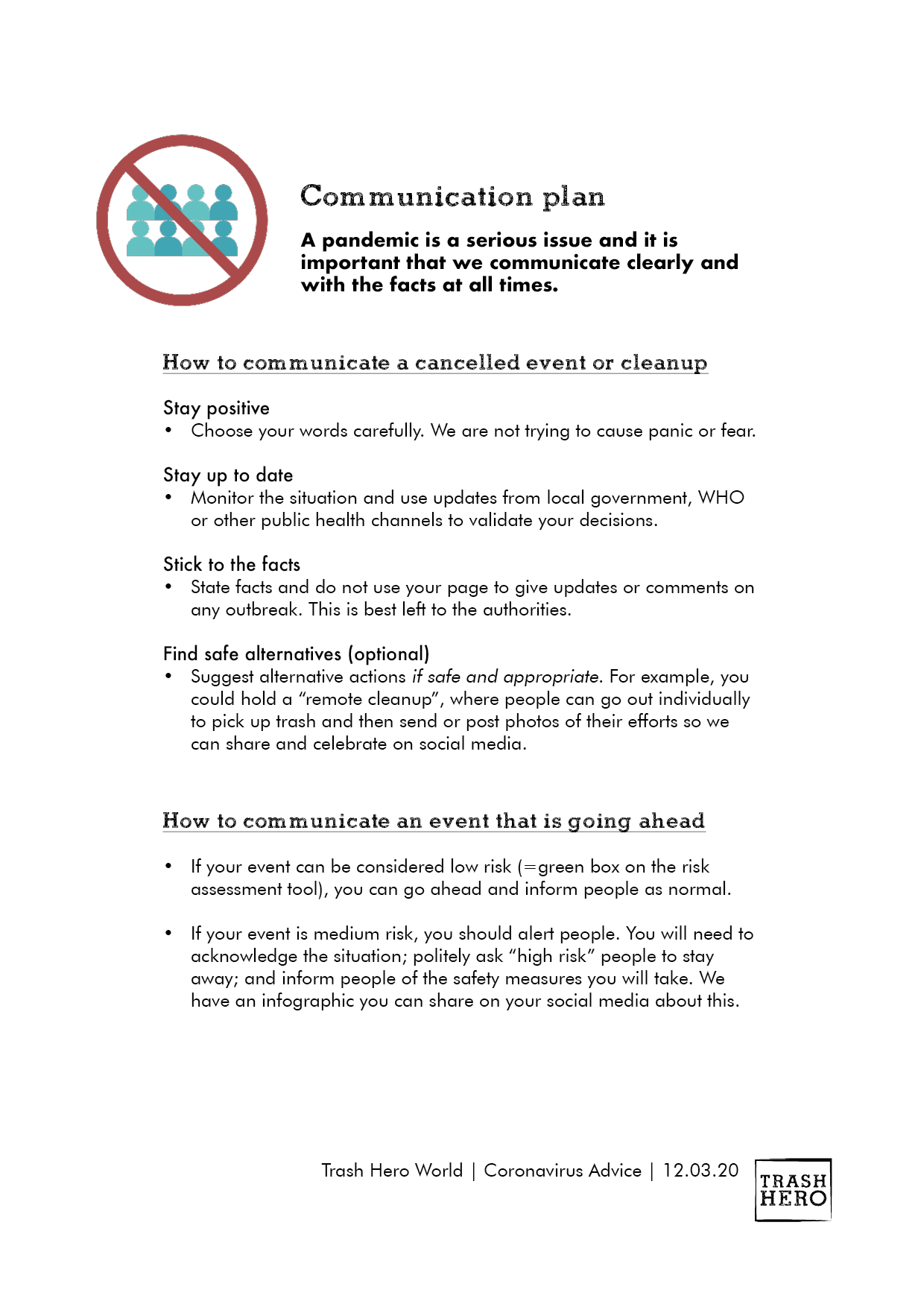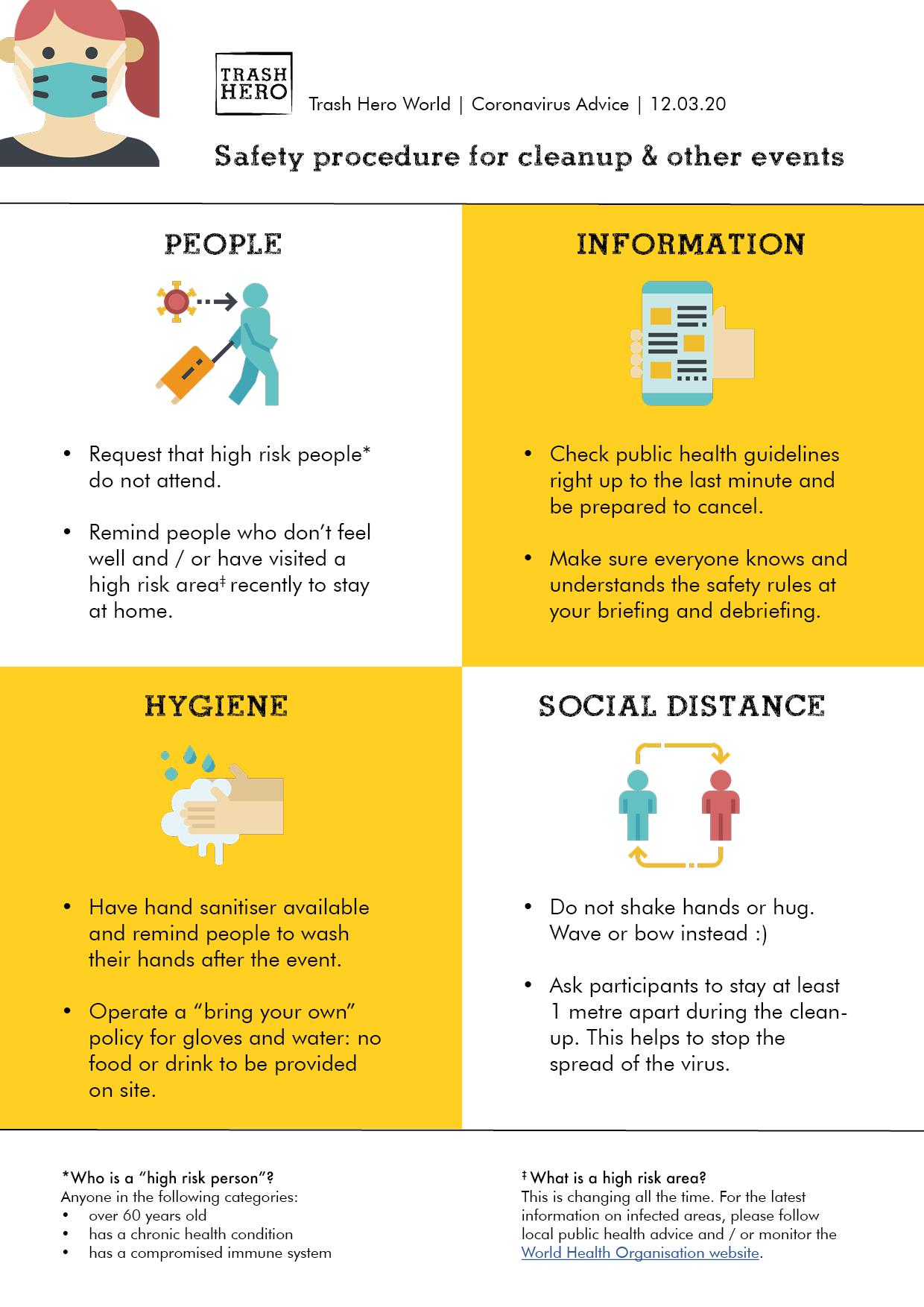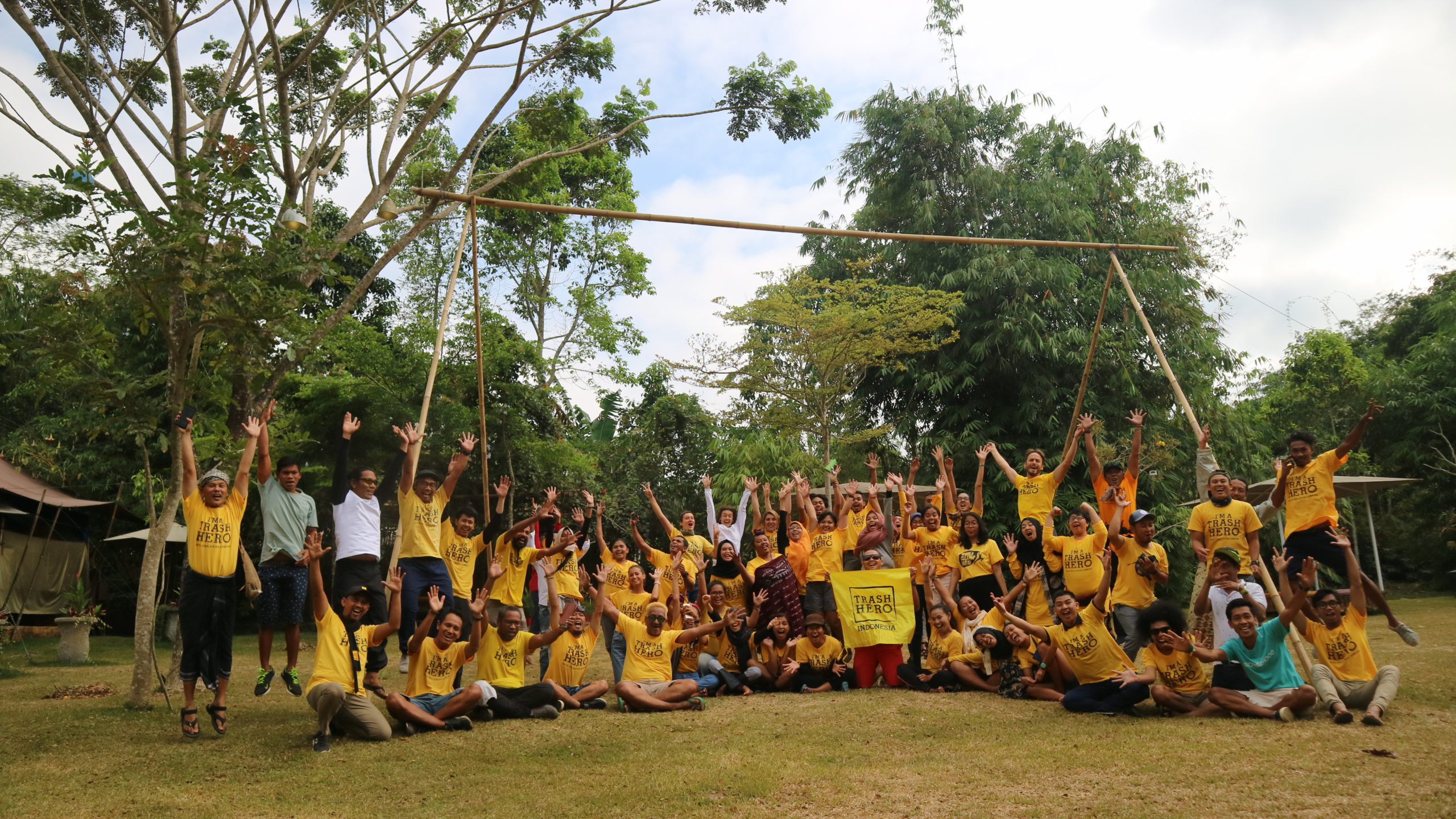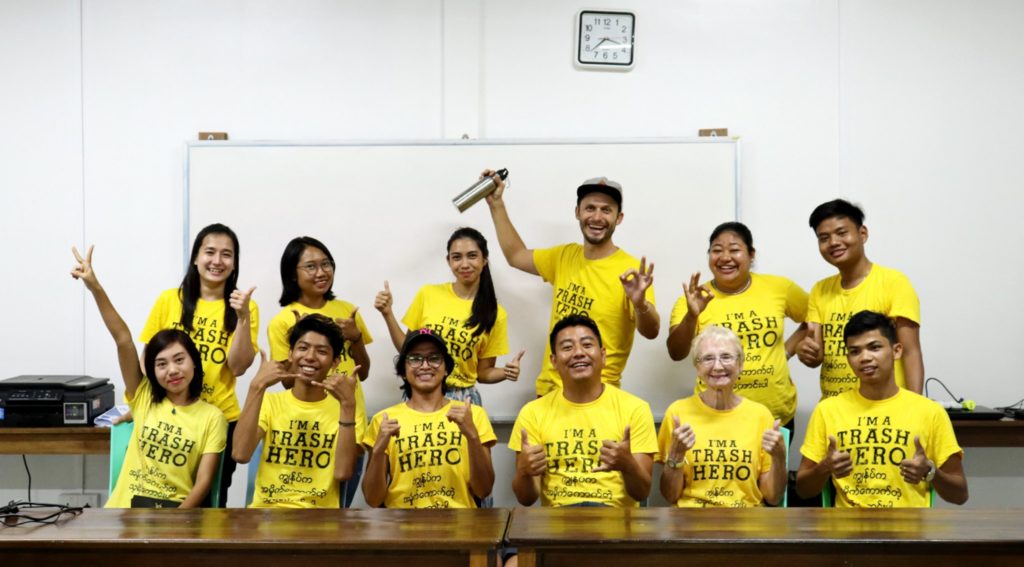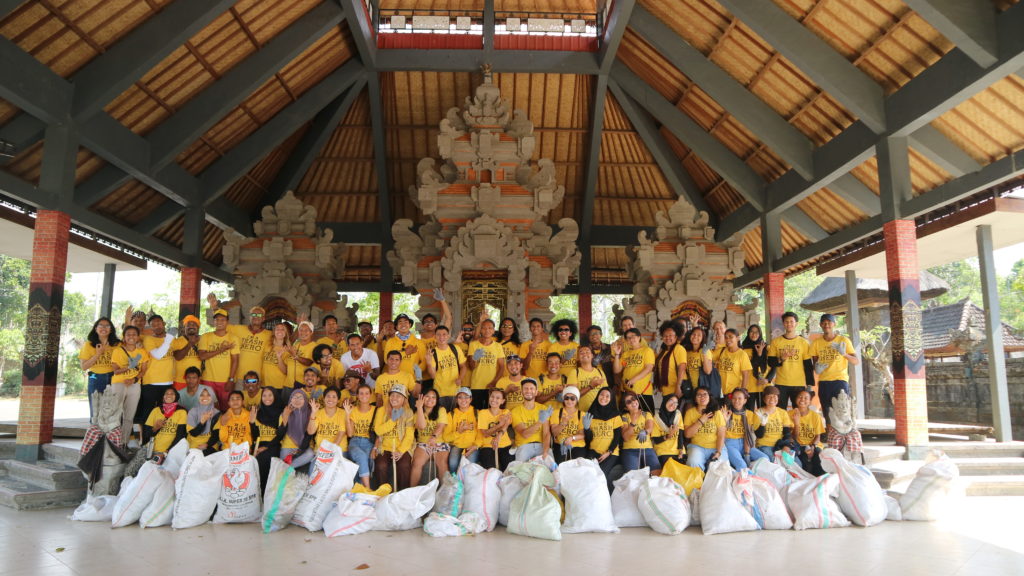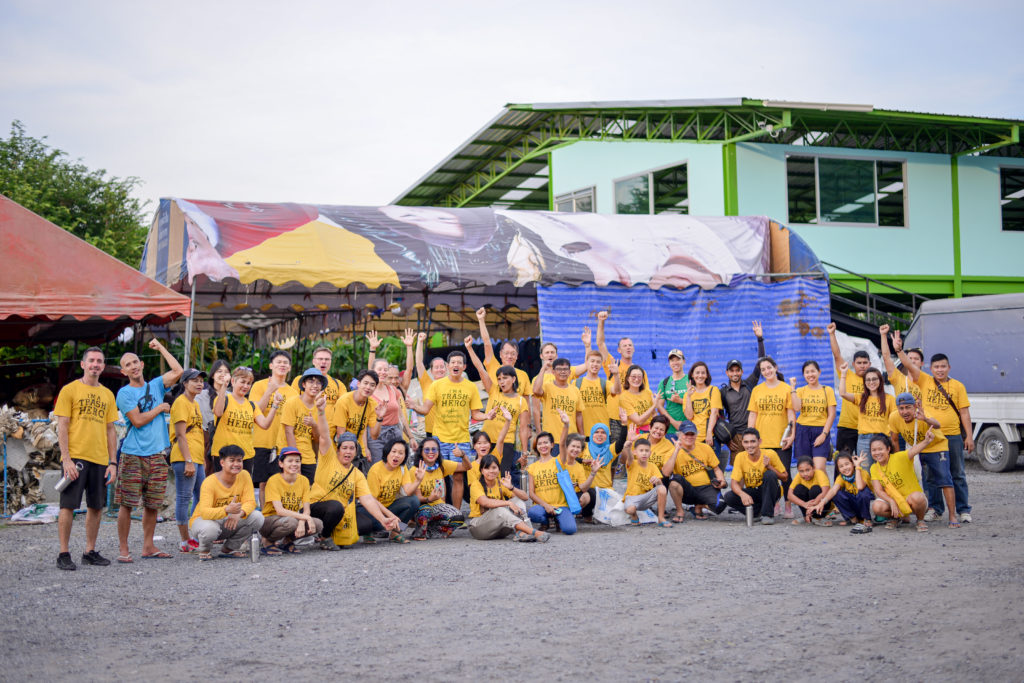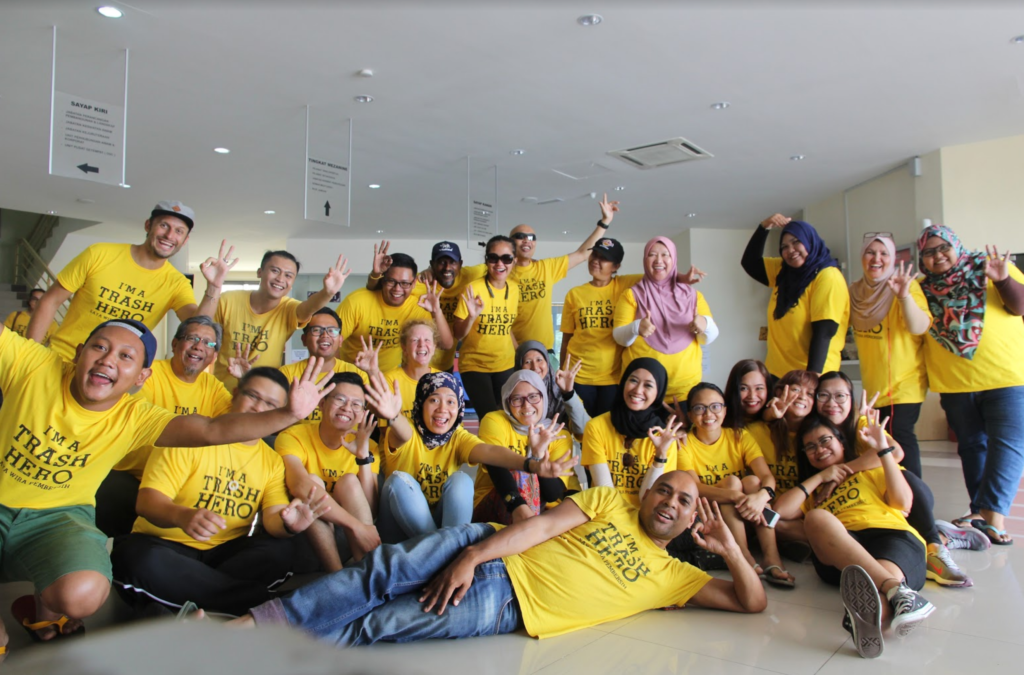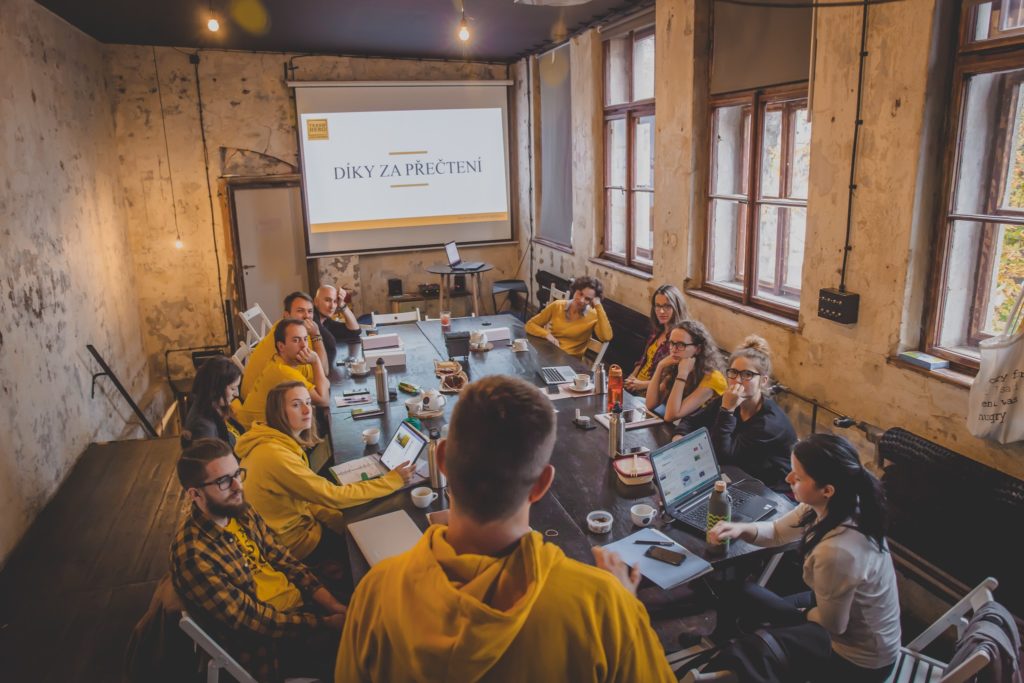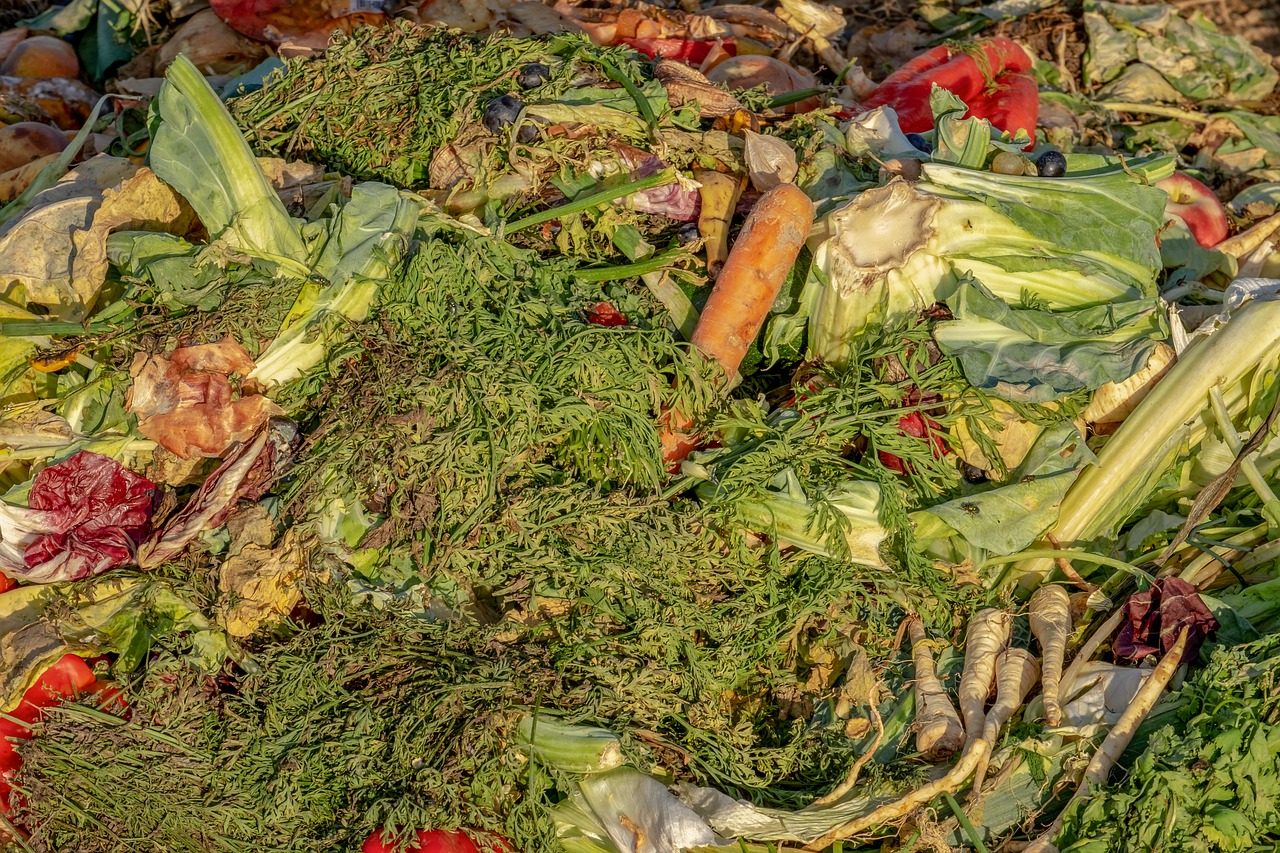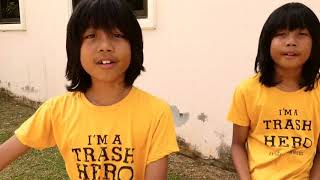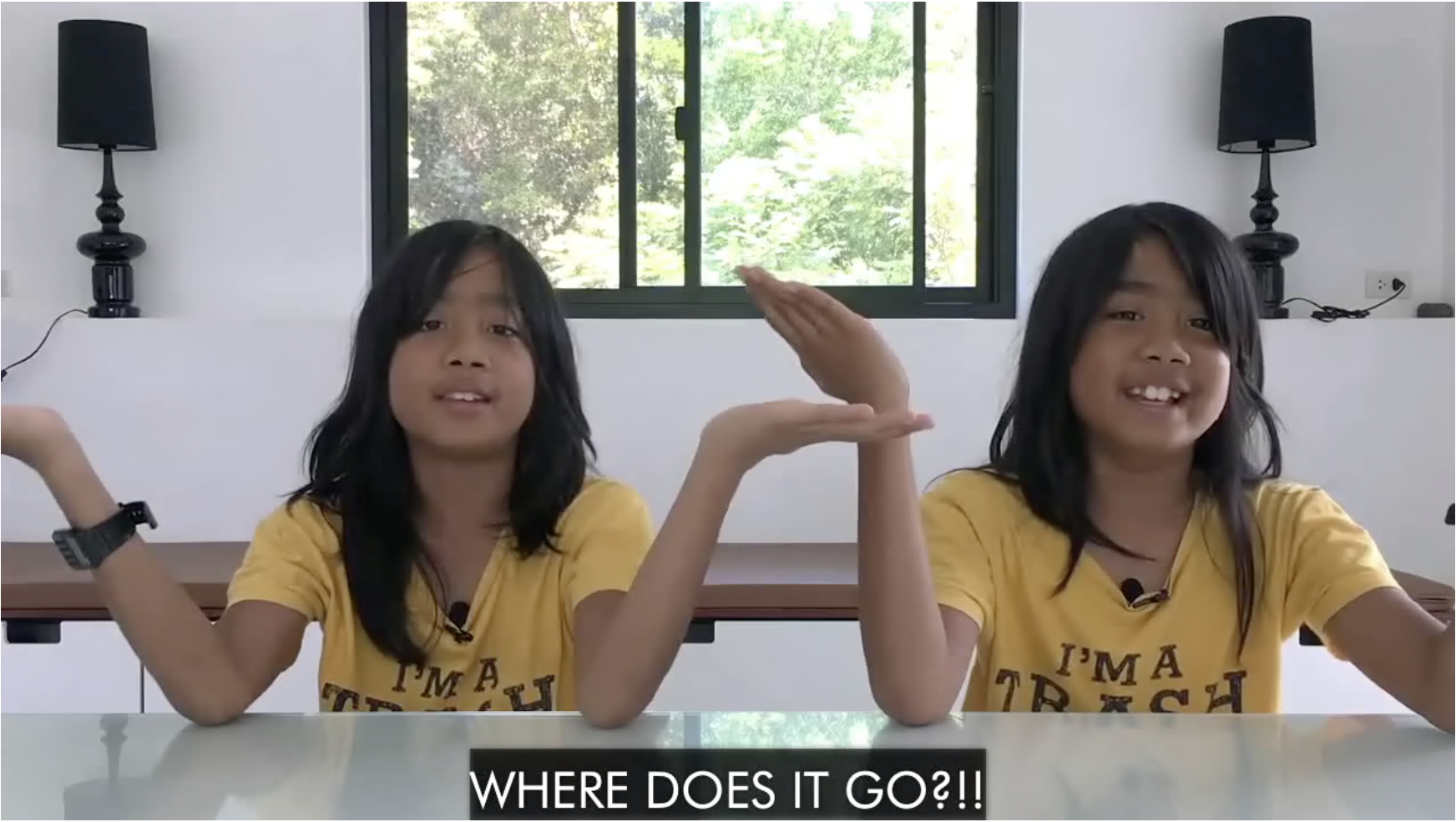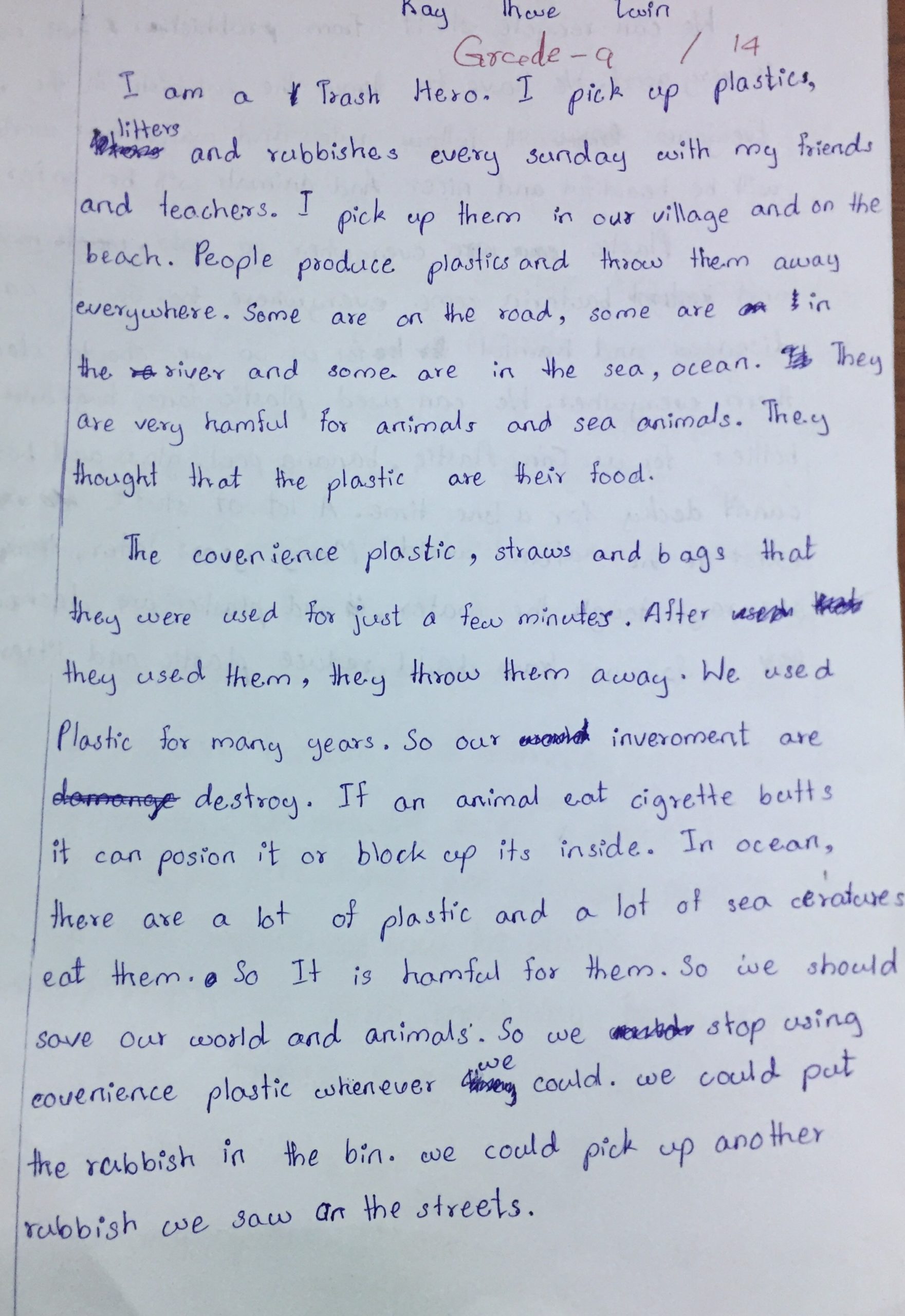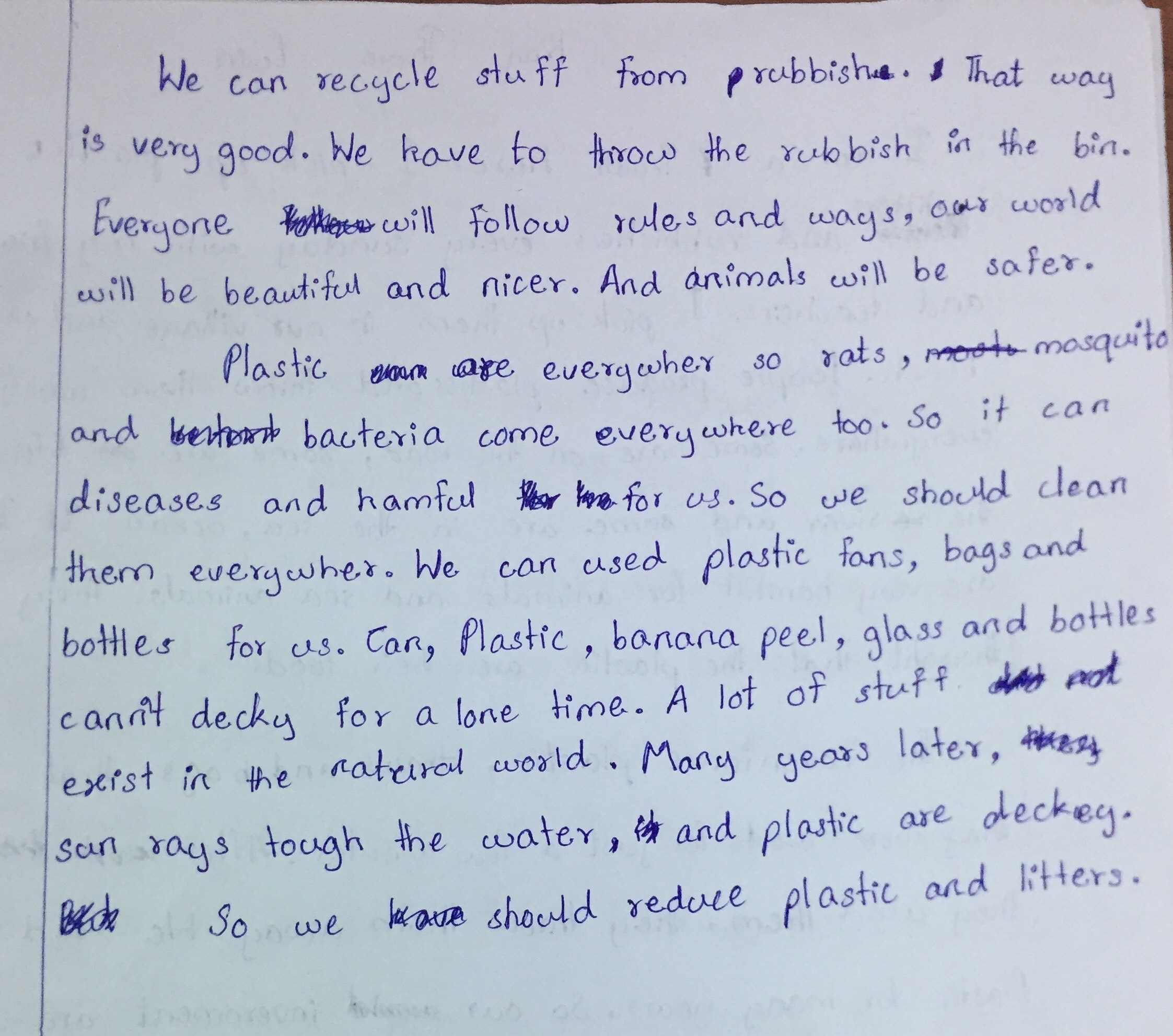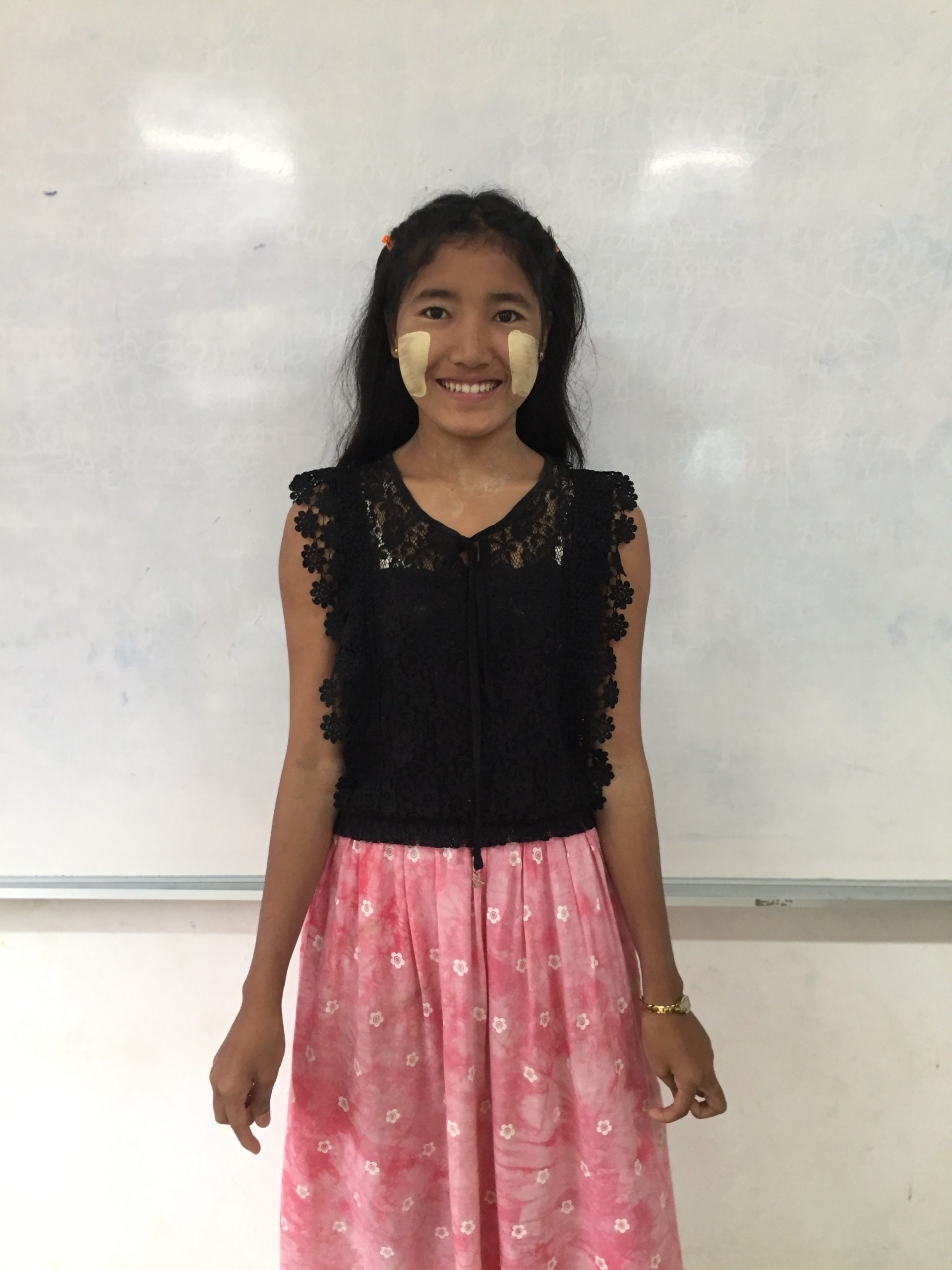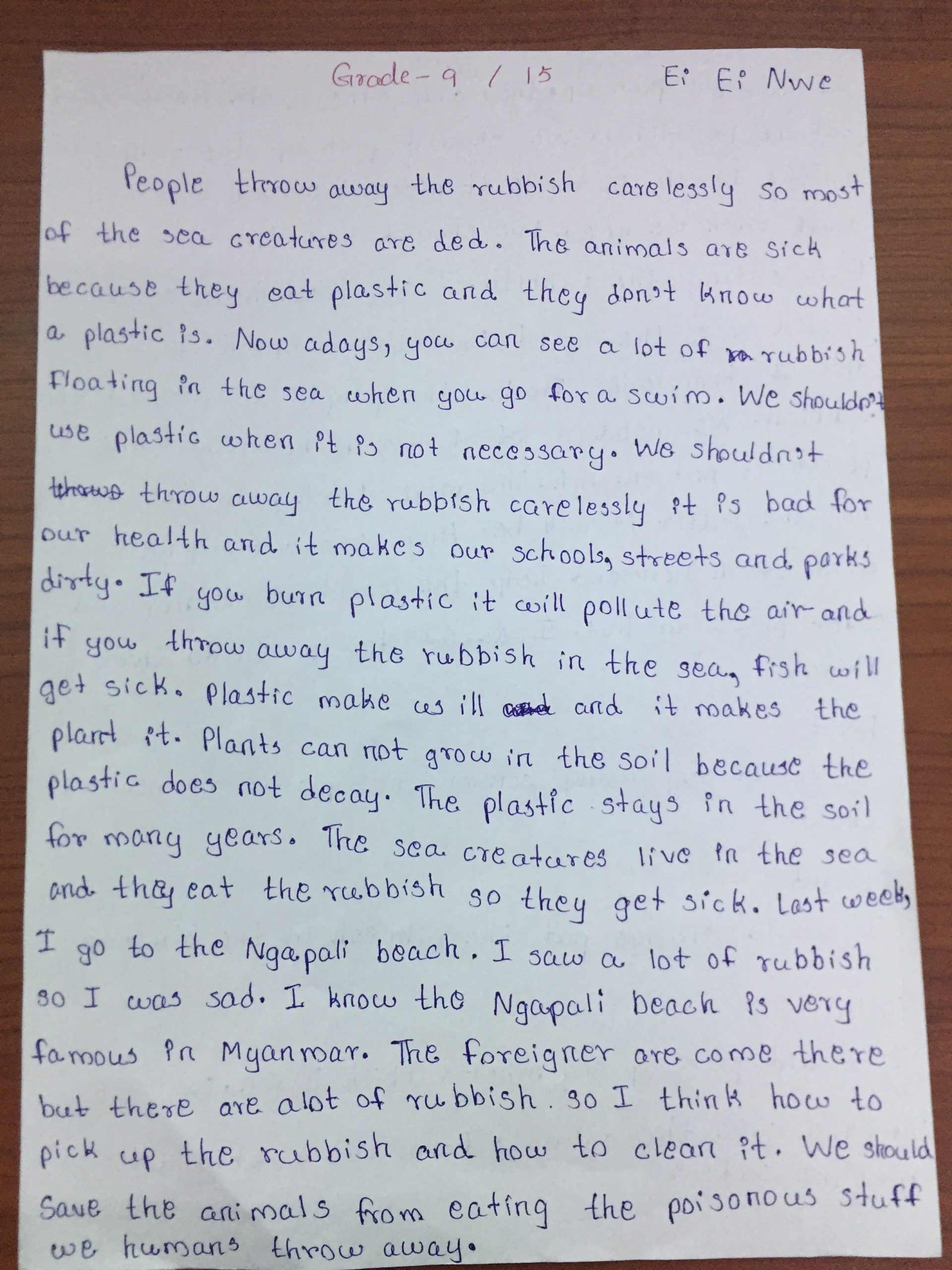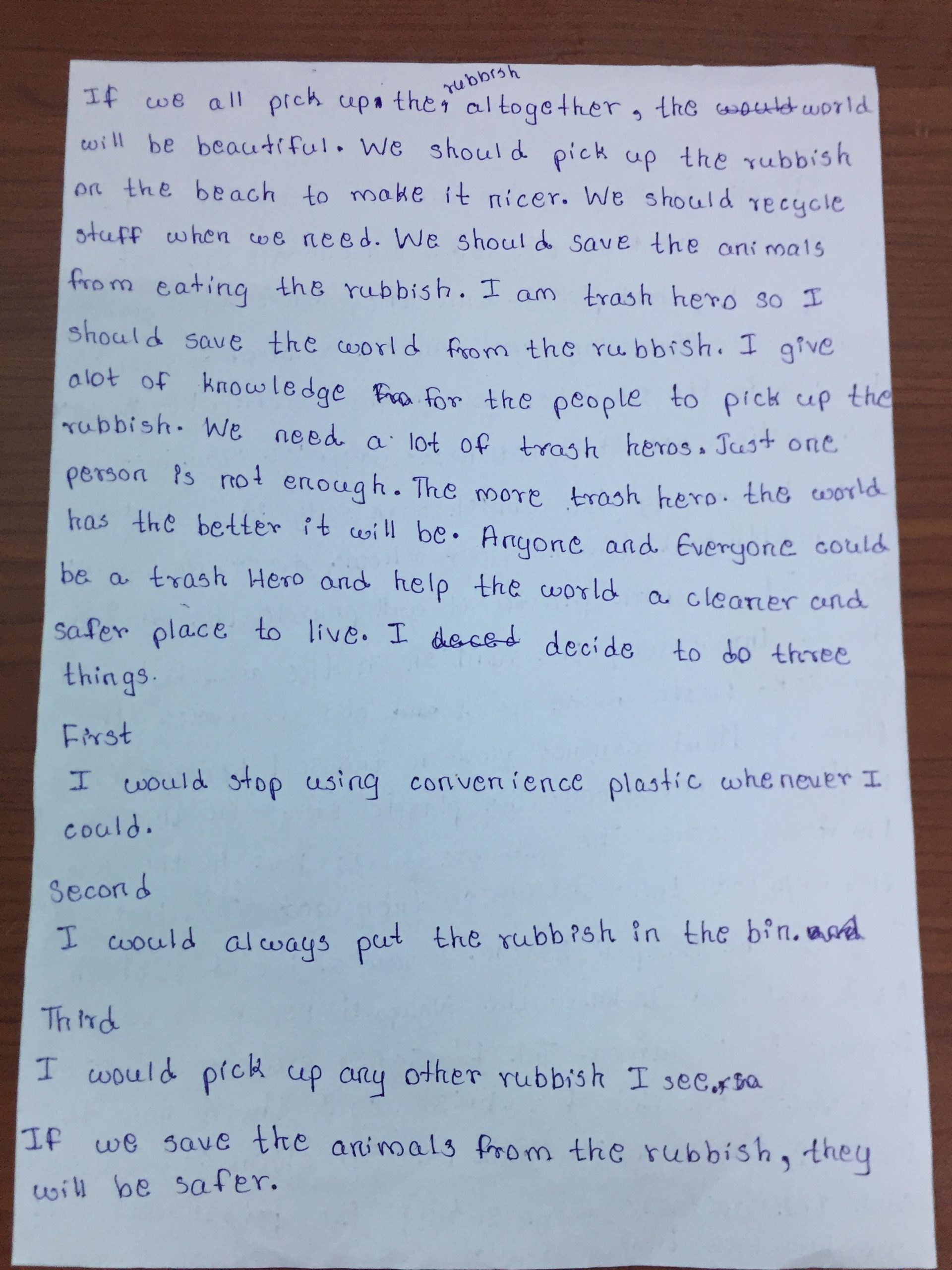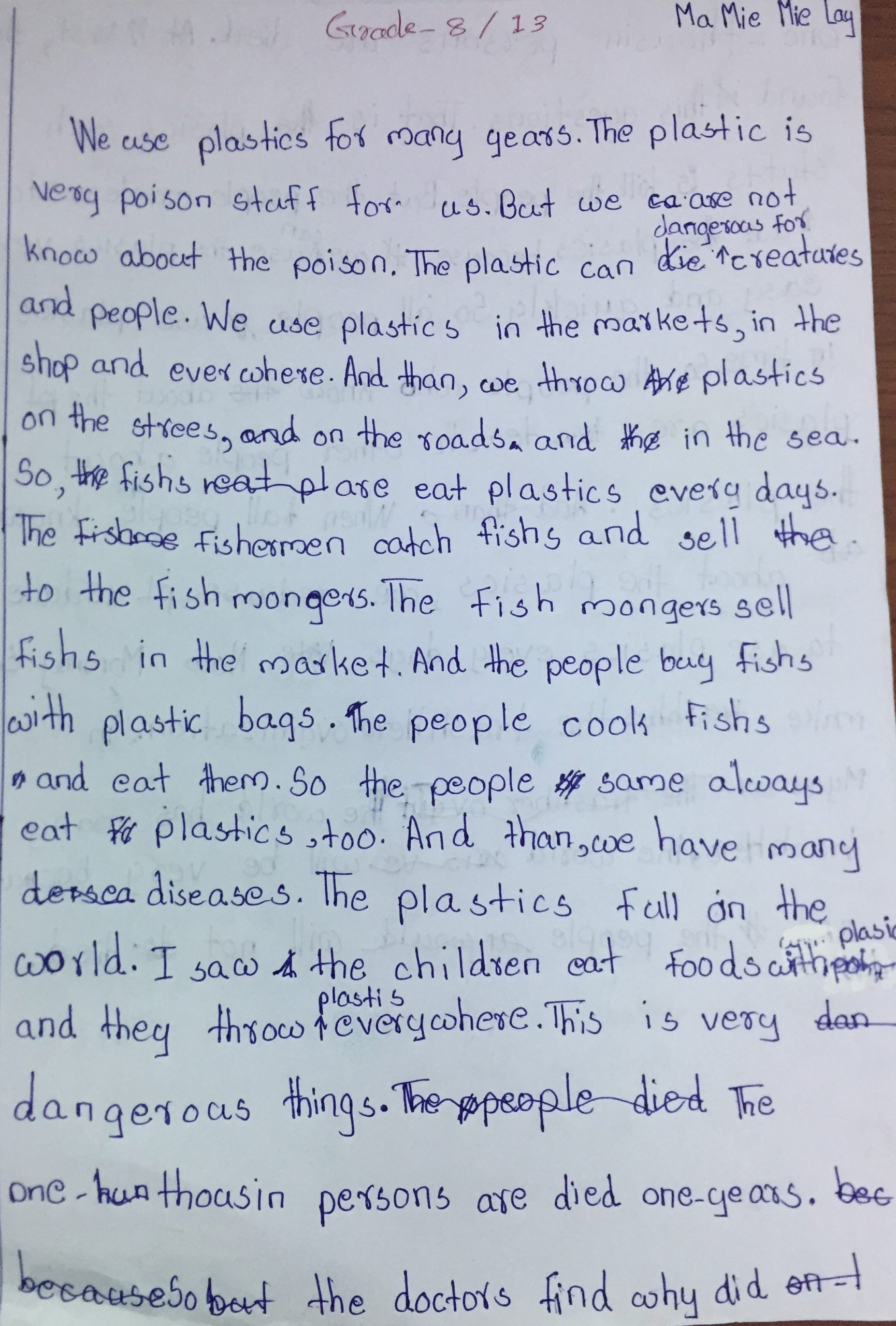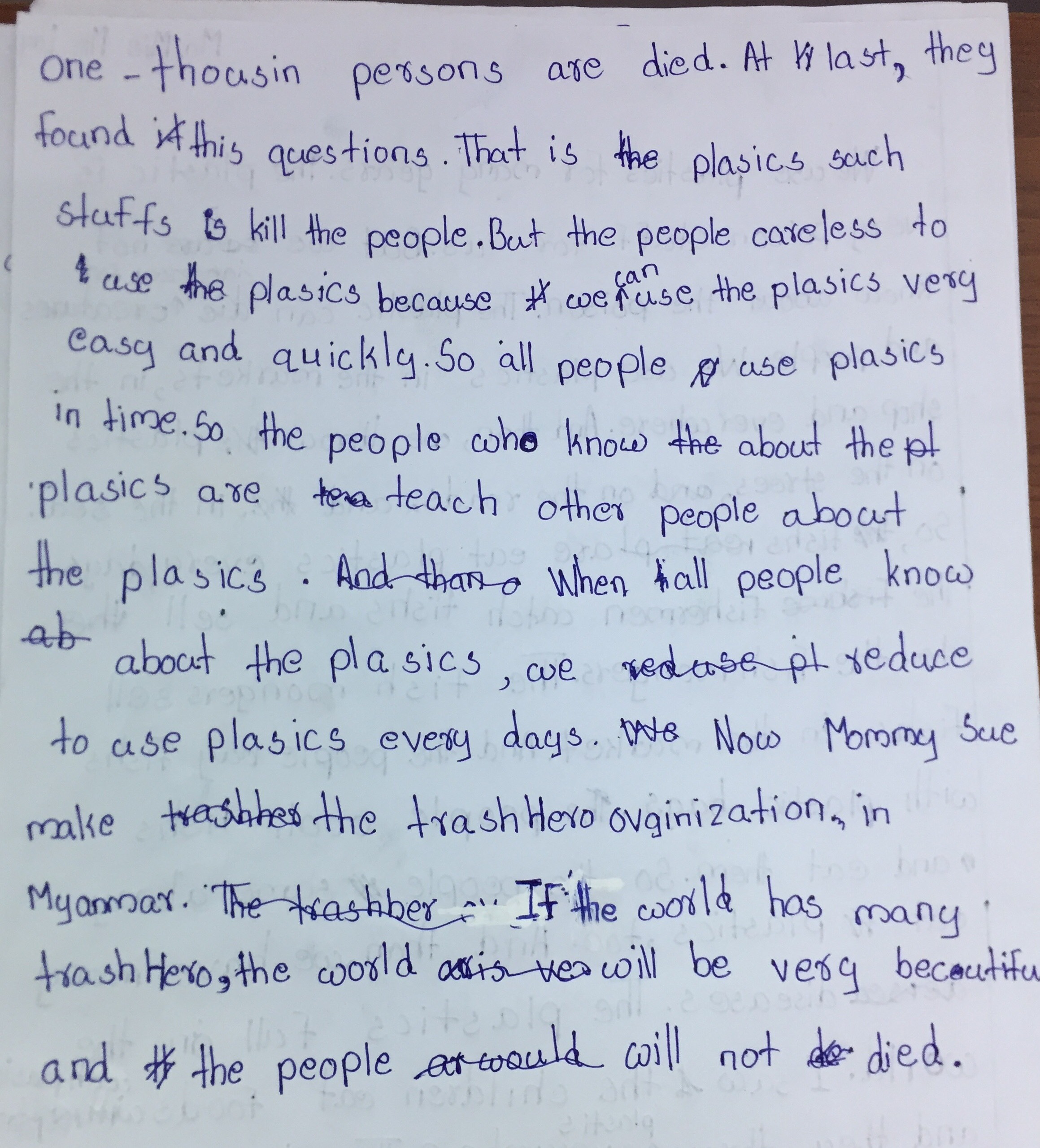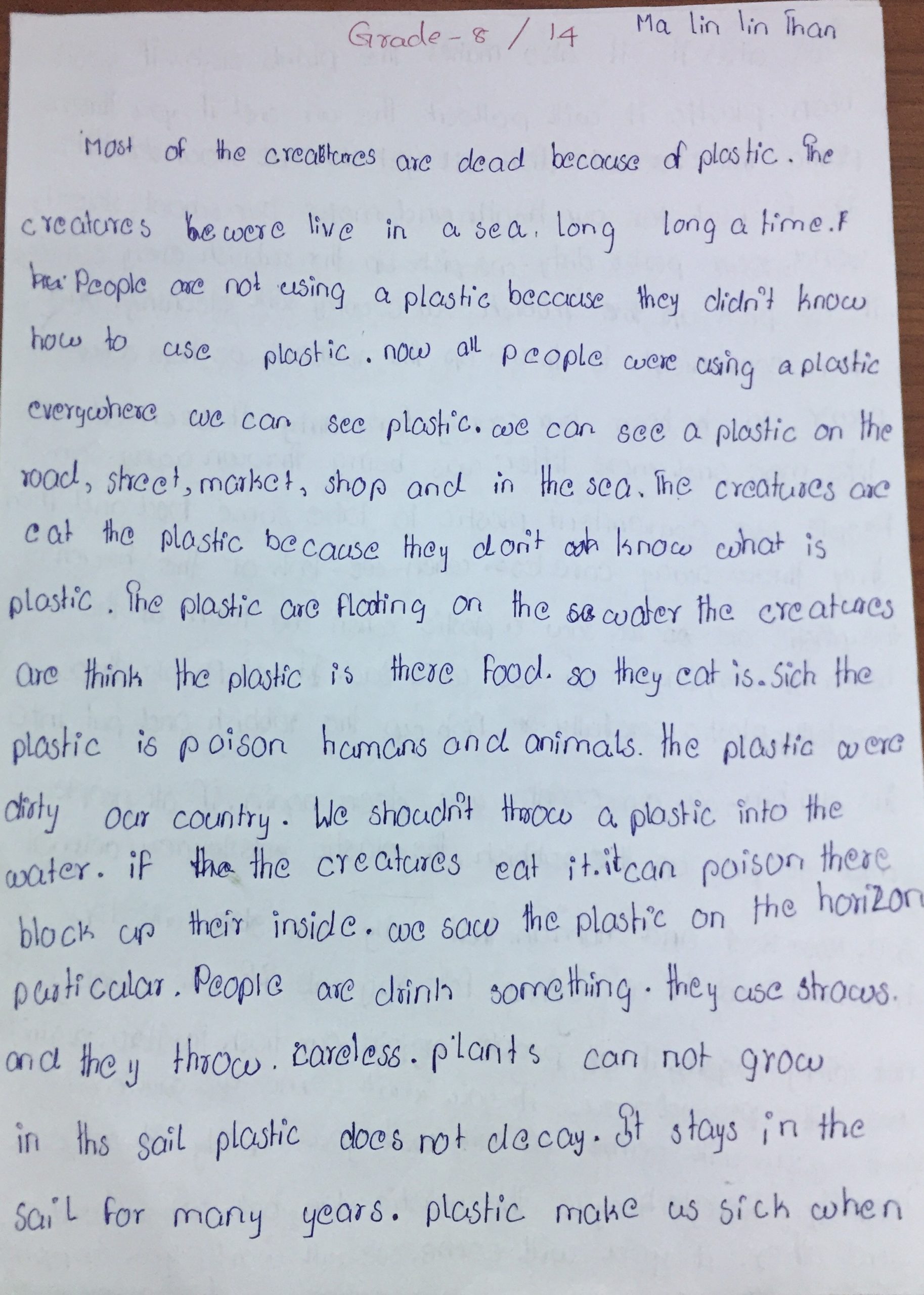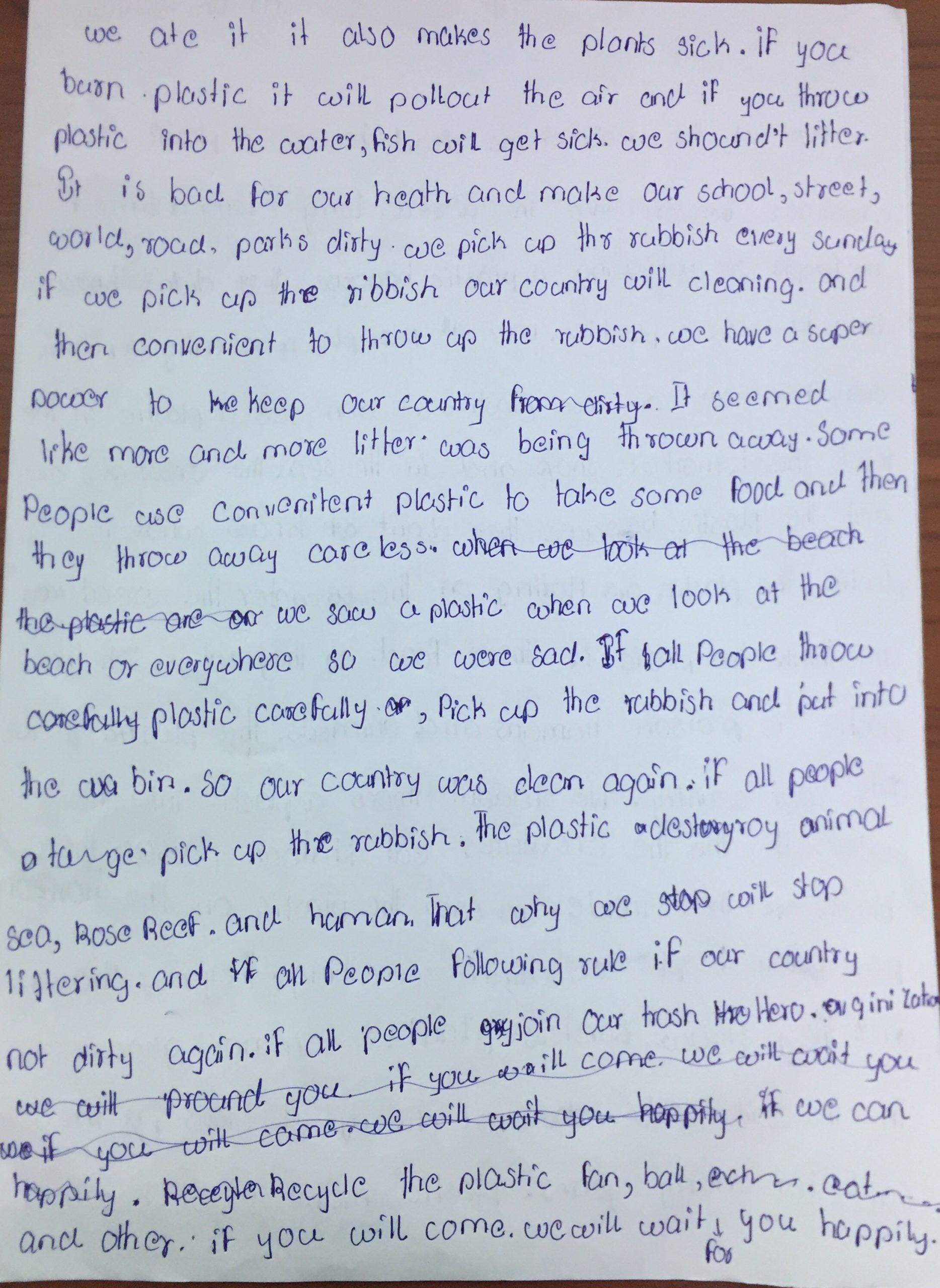Learn what composting is and how it can help you to reduce waste and be a Trash Hero
What is compost?
Compost is a pile of organic waste that over time breaks down or “decomposes” into a nutrient rich soil. Organic means something that was once alive or came from a living thing.
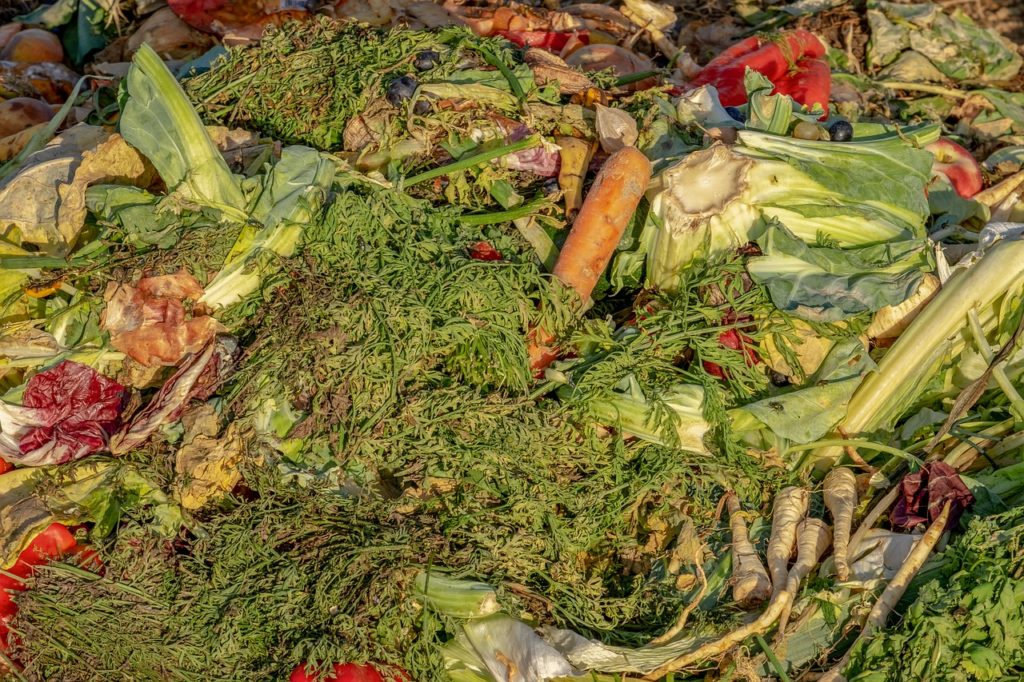
The compost pile is usually made of a mixture of “green” organic materials like food scraps, garden trimmings or fresh manure and “brown” organic materials like dead or dry leaves, cardboard and wood chips. The “green” materials contain a chemical called nitrogen and the “brown” materials contain a chemical called carbon.
These chemicals, plus air and water, make the perfect living conditions for tiny organisms, like bacteria and moulds, as well as creatures like worms and insects. They feed on the organic matter and help to break it down.
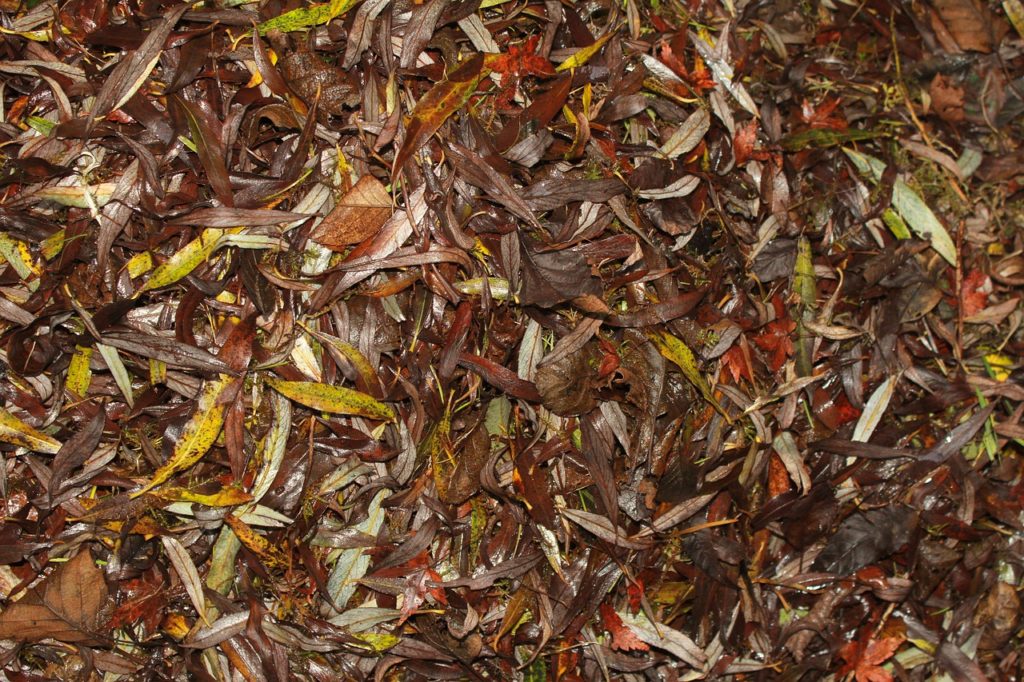
The composting process is part of the cycle of life. It happens naturally on the forest floor when dead leaves fall and decompose, protecting and nourishing the soil underneath.
Why should we compost?
Compost is very useful! It can be mixed into normal soil to help plants, flowers and crops grow faster and stronger. Instead of buying fertiliser, we can make it for free at home or at school.
Compost also helps our planet to stay safe and clean. How’s that? Let’s look at happens when we don’t compost.
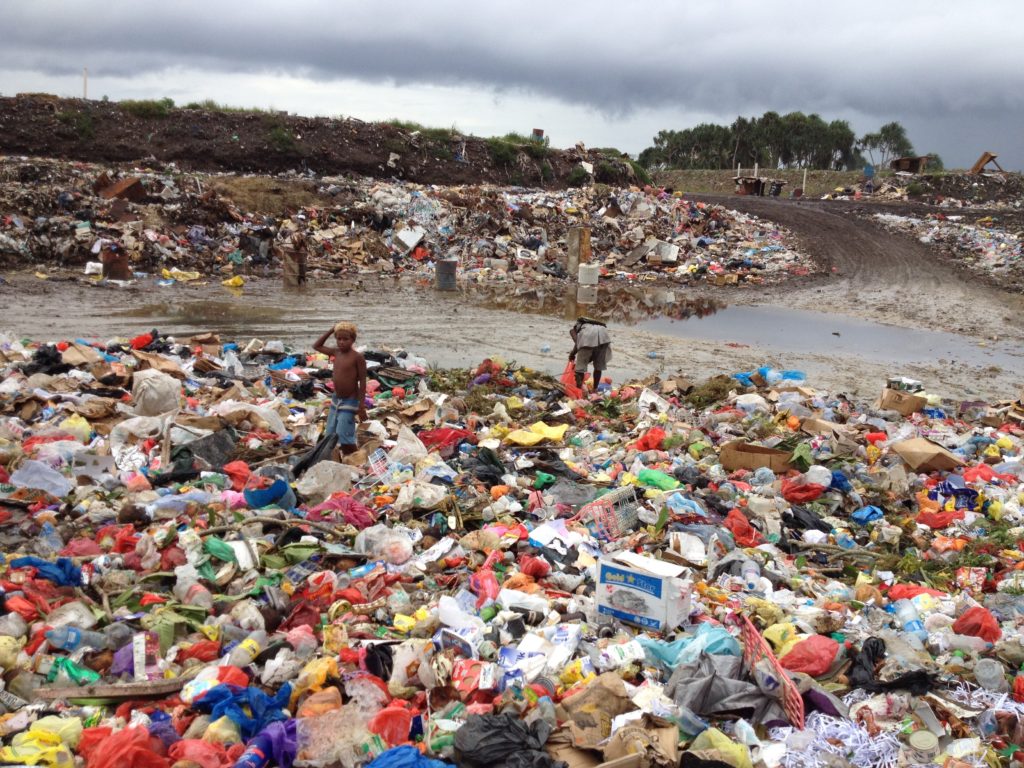
A typical landfill site. Photo by Vincent Verheyen.
Normally, people will throw their food scraps and other organic rubbish into the trash and it ends up in a very different, and much, much bigger pile called a “landfill”. A landfill is a giant pile of trash that will never break down. This is because it contains both organic and inorganic trash like plastic which cannot decompose naturally.
Landfills can be a big problem for our air and water. Food that is trapped inside a landfill doesn’t get the air it needs to break down into compost. Instead, it does two things. First it releases a gas called methane. This gas is very flammable and can cause dangerous fires on the landfill site. Methane also warms the Earth’s atmosphere and causes climate change.
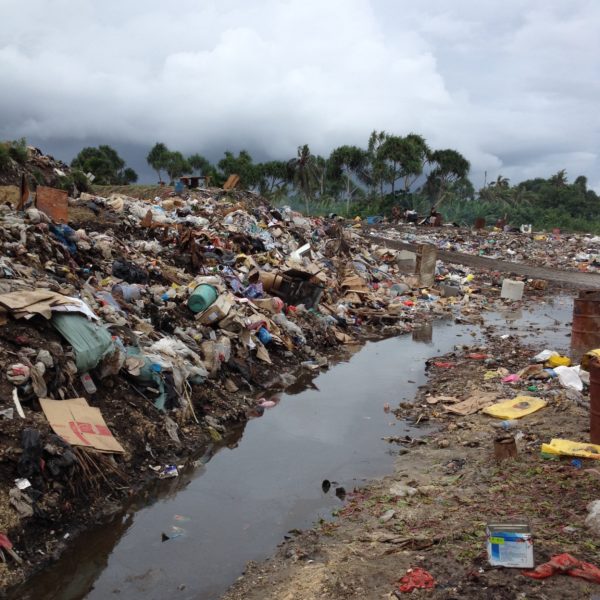
Toxic leachate at the same landfill. Photo by Vincent Verheyen.
Second, the food releases water that trickles down to the bottom of the landfill pile. The bottom layers of trash soak in this water and, because some of it – like plastic – contains poisonous chemicals, over time a toxic black liquid is formed. This liquid has a special name, “leachate”, and it can leak out of the landfill and into our rivers, lakes and groundwater.
Composting means we can avoid all of this! It’s an easy way to help slow climate change and keep our drinking water and aquatic environments safe and clean.
Organic material makes up somewhere between a quarter to a half of our total household waste, so composting will also massively reduce the amount of trash in our bins and the space taken up by landfills.
How to compost
1. SEPARATE
The key to composting is waste separation.
The first step is to always separate your organic (food and garden) waste and your inorganic waste (plastic, metal, glass). Your inorganic waste can also be separated further into recyclable and non-recyclable, but that’s another topic 😉
Remember, organic waste means everything that was once alive or came from a living thing.
From your organic waste bin, you can use pretty much everything to make compost:
Green stuff
(gives the compost nitrogen) |
Brown stuff
(gives the compost carbon) |
- Fruit and vegetable peelings
- Egg shells
- Coffee grounds
- Leftover food*
- Fresh garden waste (grass, green leaves, flowers)
- Chicken poop**
|
- Shredded plain paper and cardboard (make sure it is not plastic coated)
- Dead or dry leaves, grass
- Twigs and dead plant stalks
- Coconut husks
- Sawdust
- Cotton wool
|
Make sure it’s all in smallish pieces – don’t use big branches or planks of wood as these will take too long to break down.
*In some countries, you should not use meat or dairy products in compost because of pests, smells and / or local regulations. Check with an adult about this!
** Never put pig, cat or dog poop into your compost. These can contain diseases which can contaminate your pile.
2. PREPARE
Next, you need to find a place to make your compost. The best location is outside, in a well-drained spot.
You can either make your compost in a hole in the ground or in a container. The size you need will depend on how much organic waste you create as a family or as a school.
A hole should be at least 50 cm deep, and as wide as you like.
A container can sit on top of the soil or be buried fully or part way. It will need small holes in the bottom and sides to let air in and water out. It might also need a cover so that it does not attract flies or rats or other pests, and so that it stays dry during heavy rain. Click here for some DIY compost container ideas.
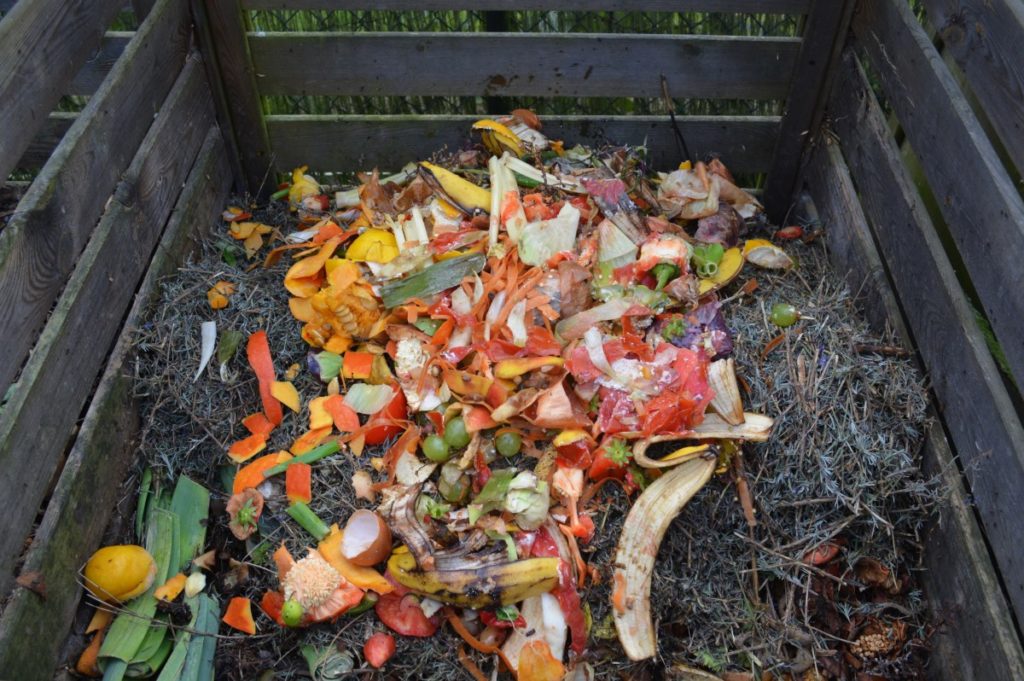
Add your brown and green organic material in layers first.
3. ACTION!
Start to fill your hole or container with your organic waste. Always start with some loosely packed “brown” material like small twigs and branches at the bottom and cover this with leaves. This makes a good base layer.
Then you can add the rest, trying to keep a good balance of “brown” and “green” waste. Keep the layers quite loose as the compost pile needs air to work. If your waste is dry, you can sprinkle it with a little water. It should be damp but definitely not soggy.
When you are finished, put the cover on the container, or cover up the hole with a layer of soil.
4. WATCH IT…
Your compost contains many living organisms that need to be taken care of. Feed them regularly with new organic material. Compost should also be mixed or “turned” at least once every week with a garden fork. If it looks dry, sprinkle it with water to make it moist, and add more “green” material. If it gets slimy or smelly, mix in some dry “carbon” waste like dead leaves or shredded paper.
5. USE IT!
Compost can take a few weeks or a few months to be ready. It depends on what you put in, and the weather. In a hot climate, it will happen faster than in colder climates, because the heat helps the organic matter to break down.
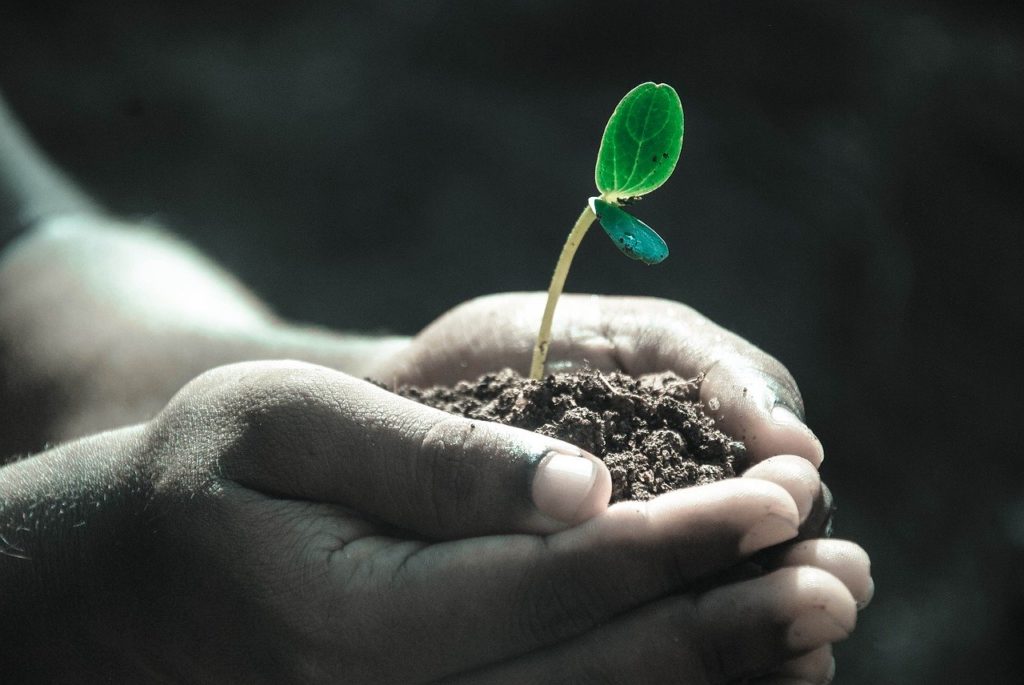
Finished compost looks like dark, crumbly soil and has a pleasant, “earthy” smell. Because of the mixing, it might have some pieces of non-decomposed waste in it. Just pick these bits out and put them back into the container or hole before you use it.
Use your compost like any fertiliser: on flowerbeds, on your vegetable patch or anywhere where the soil needs nutrients.
Celebrate your success: you have reduced waste, helped make healthy plants and a healthy planet!
read more

